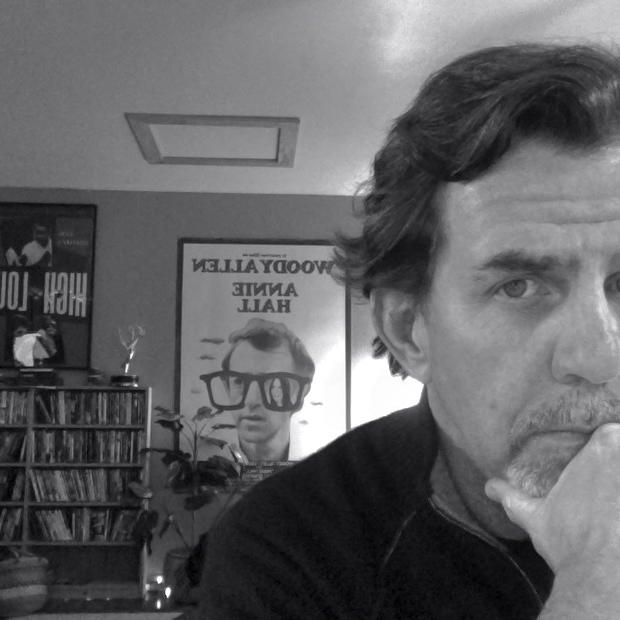The weirdly named new film from director Olivier Assayas, The Clouds of Sils Maria, refers to an actual phenomenon that occurs in a mountainous region of Switzerland. Known as the Maloja Snake, it’s a weather pattern in which a snake-like stream of clouds slithers in and out of the Sils Maria valley. The Maloja Snake is also the name of a play written for the film’s lead character, Maria (Juliette Binoche), an esteemed actress who in her youth starred as the protagonist in the play’s original production, now considering the possibility of starring in an update opposite a much younger actress. The Maloja Snake — both the play and the cloud formation — acts as a metaphor for Assayas’ rumination on aging and the passage of time. If that sounds like a rather tortuous metaphor, it is. And this film, regrettably, is also tortuous to sit through. Arid and over-intellectualized, The Clouds of Sils Maria irritates and bores in equal measure.
Assayas’ last two films, Something in the Air and Summer Hours, both excellent, were also concerned with time, as well as memory and history. They were designed with acute attention to dialogue, place and relationships, and the prodding urgency of life moving forward pulled at the characters. These movies have a wonderful, melancholic glow, nostalgia for a future yet to be lived. In contrast, The Clouds of Sils Maria is nearly lifeless.
Much of the picture takes place at a cottage in the Swiss mountains, where Maria and her assistant, Valentine (Kristen Stewart), rehearse the play, discuss its intentions and argue over the director’s choice of a hotshot celebrity starlet (Chloë Grace Moretz) to play Maria’s younger self. As played by Binoche, Maria is selfish and conceited, more of a spoiled ingénue then the seasoned veteran her character claims to be. Valentine, as embodied by Stewart, is overworked and analytical. Although their relationship is respectful and comfortable, their conversations have a didactic, stilted quality to them, as if both actors are unconvinced by the play they’re reading and the movie they’re acting in.
Binoche, especially, is always better in her native French rather than the English she’s forced to speak here. And Stewart, whose performance has been wildly overpraised, is playing a character with no interior life nor real agency in the film. She’s merely a cipher for Assayas’ obtuse symbolism. As for Moretz, she is believably unhinged in the YouTube clips of her character’s bad behavior, but when she shows up in person she’s scrubbed clean.
Assayas is making some worthwhile, but fairly obvious, points about aging and fandom and the role the actor plays in the new world of instant Internet fame and post-modern audience expectations. The value of superhero movies sparks a friendly disagreement between Maria and Valentine, with Val standing up for the genre’s inane pretensions. The scene is the liveliest one in the movie, even if Val’s stance makes her look like an idiot (although Assayas seems to take her seriously). Later in the film, Stewart’s role in the movie, as well as the director’s awkward reach for metaphor, becomes more clear – or more murky, depending on how you interpret the aftermath of a key scene in which Valentine disappears from the film. An epilogue follows which, given what has just transpired, forces you to begin the process of re-evaluating everything you’ve just watched. Sometimes, I love it when that happens. In this case, I hated it.
This article is from the author's blog, The Restless Critic.



